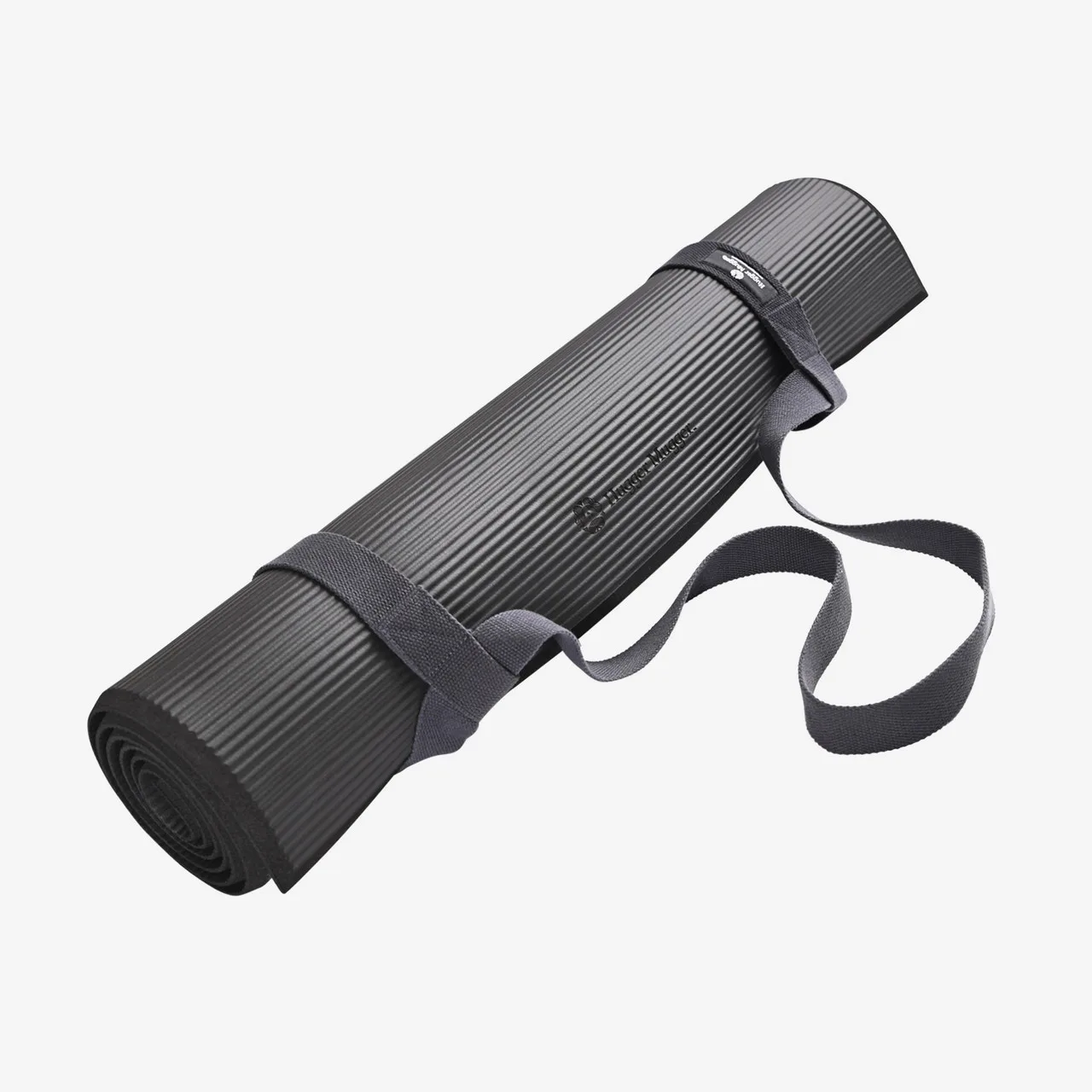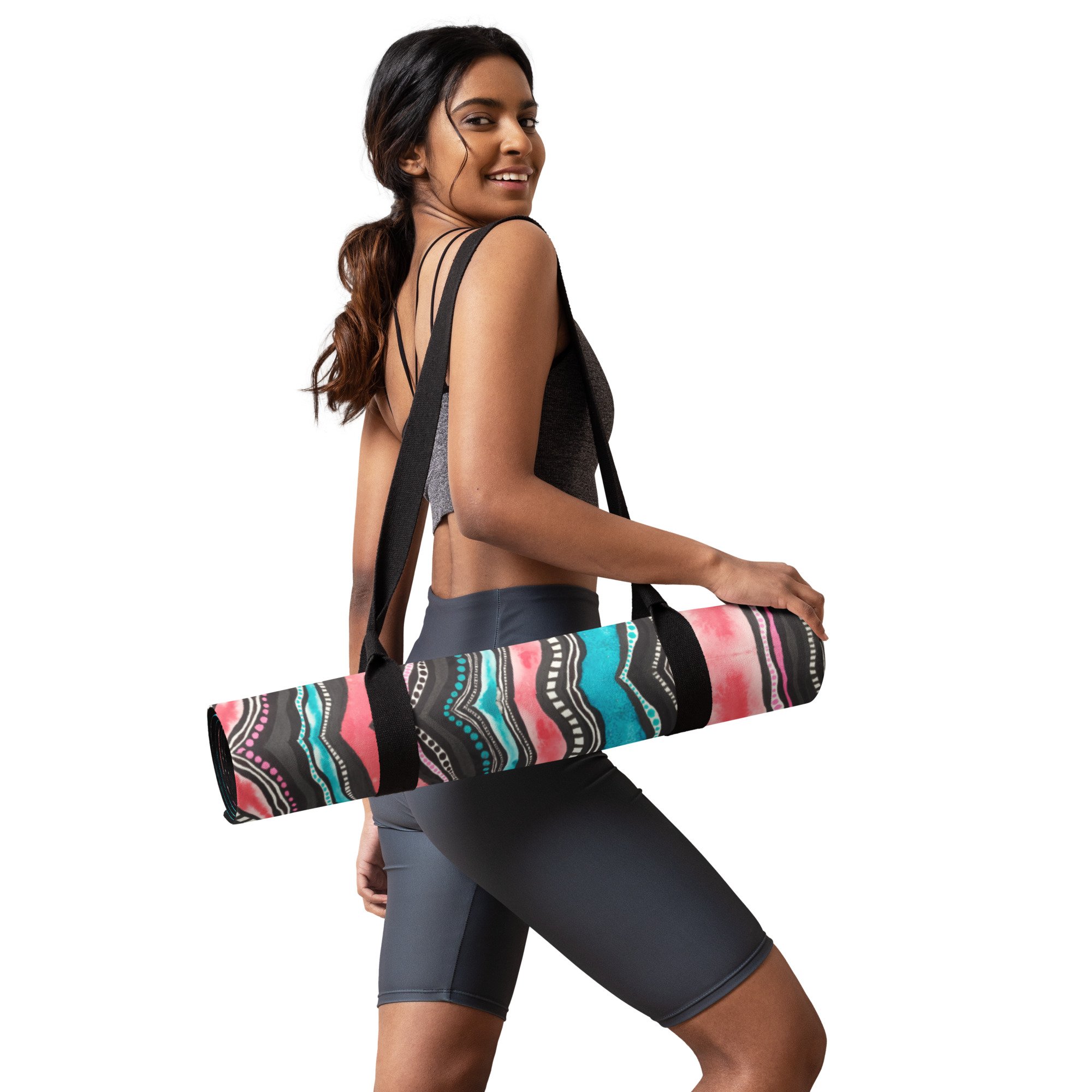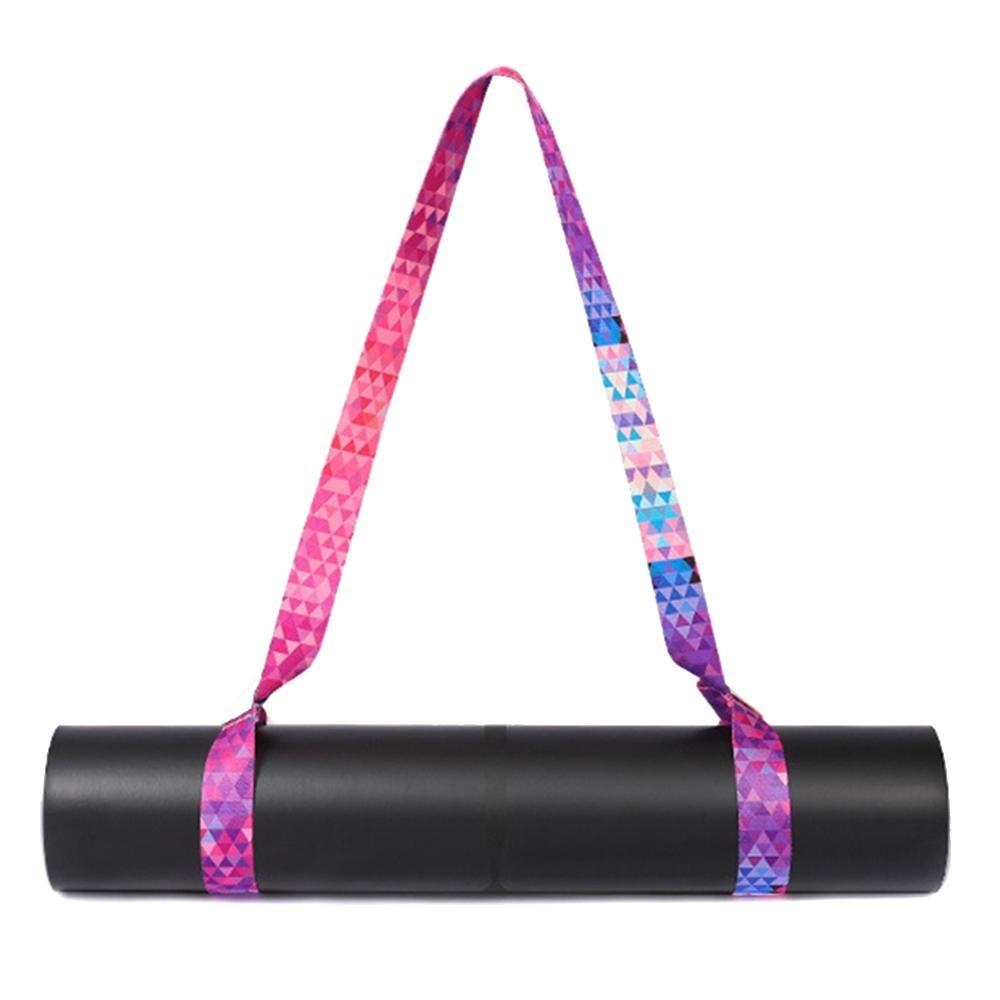How to carry yoga mat? Yoga has become an increasingly popular form of exercise and meditation in recent years, with people of all ages and backgrounds embracing this ancient practice. One of the essential items for any yoga enthusiast is a good quality yoga mat. However, transporting a yoga mat can sometimes be a hassle, especially if you are on the go. In this comprehensive guide, we will explore the various ways to carry a yoga mat with ease and convenience.

Benefits of Yoga
Before we delve into the ways of carrying a yoga mat, let’s take a moment to appreciate the benefits of yoga. Apart from its physical benefits such as improved flexibility, strength, and posture, yoga also has numerous mental and emotional benefits. It can help reduce stress, improve mood, and promote a sense of inner peace and well-being. With all these benefits, it’s no wonder that more and more people are turning to yoga as a holistic approach to health and wellness.
Importance of a Good Quality Yoga Mat
A yoga mat is an essential tool for any yoga practitioner. It provides a stable and comfortable surface for yoga poses and helps prevent slipping and injuries. A good quality yoga mat also absorbs sweat and provides cushioning for the joints, making your yoga practice more enjoyable and safe. Given its importance, it’s essential to take good care of your yoga mat and ensure that it remains clean and in good condition. Part of this care includes knowing how to carry your yoga mat conveniently, especially if you are someone who regularly travels or attends yoga classes outside of your home.
Ways to Carry a Yoga Mat
There are several ways to carry a yoga mat, and the best method for you will depend on your personal preferences and lifestyle. Here are some popular ways to carry a yoga mat:
Carrying Strap:
Many yoga mats come with built-in carrying straps or handles that make it easy to roll up the mat and sling it over your shoulder. If your yoga mat doesn’t have a carrying strap, you can purchase one separately and attach it to your mat. Carrying straps are convenient and allow you to carry your yoga mat hands-free, making them a popular choice for many yogis.
Yoga Mat Bag:
Another popular option for carrying a yoga mat is a yoga mat bag. These bags come in various designs and styles, ranging from simple and functional to stylish and fashionable. A yoga mat bag typically has a long, adjustable strap that allows you to carry the bag crossbody or over your shoulder. Some yoga mat bags also have additional pockets for storing your water bottle, towel, and other yoga essentials.

Backpack:
If you prefer a more secure and hands-free option, a backpack can be a practical choice for carrying your yoga mat. Look for a backpack with a dedicated yoga mat holder, so you can slide your mat into the holder securely. A backpack with adjustable straps and multiple compartments can also accommodate your other belongings, making it a versatile and convenient option for carrying your yoga mat to and from your yoga practice.
Carrying by Hand:
If you prefer a more straightforward approach, you can simply carry your yoga mat by hand. Roll up your mat and hold it under your arm or by your side as you walk. While this method may not be as hands-free as using a carrying strap or bag, it can be a quick and easy way to transport your yoga mat, especially if you are just going a short distance.
Tips for Carrying a Yoga Mat
Regardless of the method you choose for carrying your yoga mat, there are some essential tips to keep in mind to ensure a smooth and hassle-free experience. Here are a few tips for carrying a yoga mat:
Ensure Proper Cleaning and Maintenance:
Before you carry your yoga mat, make sure it is clean and free of any dirt, sweat, or odors. Regularly clean your yoga mat according to the manufacturer’s instructions to maintain its hygiene and longevity.
Secure Your Mat:
If you are carrying your yoga mat in a bag or backpack, make sure it is securely fastened or zipped to prevent it from slipping out. This is especially important if you are traveling long distances or in crowded spaces.
Adjust Straps for Comfort:
If you are using a carrying strap or bag, adjust the straps to ensure a comfortable fit. The straps should not dig into your shoulders or cause discomfort, especially if you are carrying your yoga mat for an extended period.
Consider the Weather:
If you are carrying your yoga mat outdoors, consider the weather conditions and be prepared for rain, wind, or sun. Look for a waterproof yoga mat bag or a backpack with a rain cover to protect your mat and belongings from the elements.

Advantages of yoga mat
Yoga has become a popular form of exercise and relaxation for many people around the world. It is a practice that combines physical postures, breathing exercises, and meditation to promote overall health and well-being. One essential accessory for practicing yoga is the yoga mat. A yoga mat provides a slip-resistant and comfortable surface for practitioners to perform their poses and movements.
Enhanced Comfort and Support
One of the primary benefits of using a yoga mat is the enhanced comfort and support it provides during a yoga practice. The cushioning provided by the mat helps to alleviate pressure on the joints and prevents discomfort during poses that require you to be on the floor. This is particularly beneficial for individuals with joint pain or arthritis. Additionally, the extra padding of a yoga mat can help to cushion the body during inversions and other poses, making the practice more comfortable and enjoyable.
Improved Stability and Balance
Another advantage of using a yoga mat is the improved stability and balance it offers. The sticky surface of the mat helps to prevent slipping and sliding during yoga poses, allowing practitioners to maintain their balance and stability. This is especially important during standing poses and transitions between poses, as it reduces the risk of injury and allows for a more focused and mindful practice.
Hygienic and Safe
A yoga mat provides a hygienic and safe surface for practicing yoga. It creates a barrier between the body and the floor, protecting practitioners from coming into direct contact with sweat, dirt, or germs that may be present on the floor. Many yoga mats are also made from materials that are easy to clean and maintain, preventing the buildup of bacteria and odor. Additionally, the non-slip surface of the mat helps to prevent accidents and injuries that can occur from practicing on a slippery or uneven surface.
Personal Space and Boundary
Using a yoga mat also helps to establish a personal space and boundary for your practice. In a group yoga class, having your own mat creates a defined and designated area for you to practice in, ensuring that you have enough space to perform your poses without encroaching on others. This personal space can help to create a sense of comfort and security, allowing you to focus on your practice without distractions.

Conclusion
Carrying a yoga mat should not be a source of stress or inconvenience. With the right method and a little bit of planning, you can easily transport your yoga mat wherever you go. Whether you prefer a carrying strap, yoga mat bag, backpack, or simply carrying by hand, there are plenty of options to suit your needs and lifestyle. By following the tips for carrying a yoga mat and taking good care of your mat, you can enjoy your yoga practice with peace of mind, knowing that your mat is well-protected and ready for use whenever and wherever you need it.
